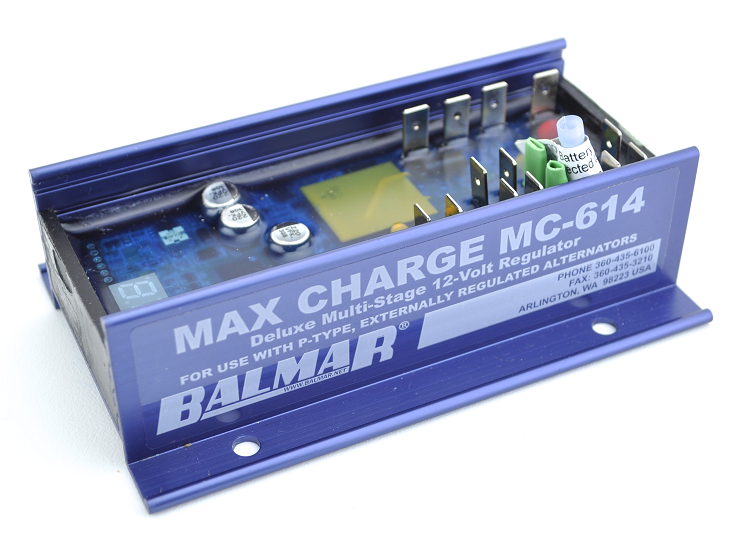It seems to me that it doesn't make sense to get a higher output alternator only to regulate it down for belt management. The Powermax seems to advertise "highest output at idle speeds". Maybe it makes sense when there is no access to shore power, but that's not my situation. Surveyor recommended that I add a battery charger. On board right now is just a Xantrex echo charger. I suppose that is used to charge the auxiliary battery from the charging source that would be either the solar panels or the alternator? Echo charger is something I am not familiar with. I'm only familiar with the Sterling Pro Charge Ultra.
Glad you found out what you have. Which is, actually, pretty superb. Good alternator, the best regulator.
Often, the "it doesn't make sense" eventually does when you dig deeper. The concept is to have a larger alternator work less hard to supply the given demand from the batteries when charging. It is a tried and true approach.
1. A reasonably sized battery bank of 400 ah, when empty (50% discharged) can take anywhere from 50-70A. The idea is to have the alternator work less hard, since a 70A alternator would be running full out and get hot.
2. One derates the AO either with belt manager or SEM as discussed in my links.
Scott, MS and I have been writing about these things for years and we have both shared as much as we know. He has his own website. This is my contribution:
Electrical Systems 101
Electrical Systems 101
Happy learning, we're here to help.





